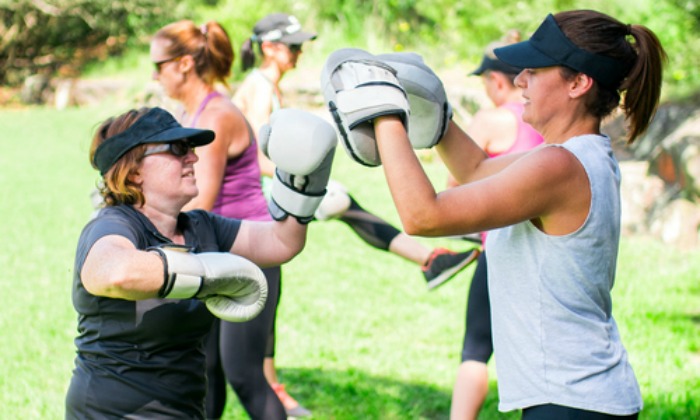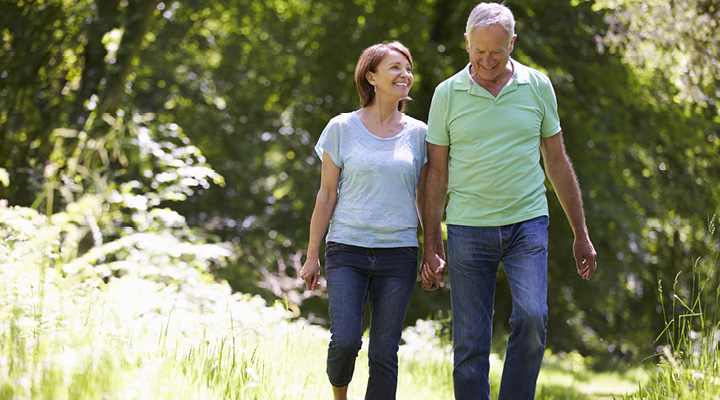
Healthy Bones For Teens
The crucial bone building years
The teenage years are a major growth period. Over roughly two years (ages 12-14 for girls and ages 13-15 for boys) teens' bodies build one-quarter of their adult bone mass. With this in mind, it is vital that teenagers have enough calcium-rich foods such as dairy foods, take part in plenty of exercise and get sufficient vitamin D to ensure their bones have the building blocks needed to grow and be strong.
How can teens get enough calcium?
Between the ages of 12-18 years, calcium requirements increase. The Australian Dietary Guidelines recommend that this age group have 3 ½ serves from the dairy food group every day. Dairy foods, including milk, cheese and yoghurt are the largest contributor of calcium to the Australian diet.
Calcium can also be found in non-dairy food options such as alternative milks, leafy green vegetables, canned fish with soft edible bones such as sardines or salmon, almonds and tofu. However, it’s important to be aware of quantities required. For example, you need to eat a head of broccoli to get the same amount of calcium as a glass of milk. When it comes to milk alternatives such as soy and almond milks, to be considered suitable dairy milk substitutes, they should contain similar levels of calcium to cows milk (100mg calcium per 100ml).
To ensure teens get enough serves from the dairy food group, they might start the day with a cheese toastie or a berry smoothie for breakfast and finish with a calcium-rich pasta bake and a hot milky drink for dinner.
What about exercise and vitamin D?
Just like muscles, bones grow stronger and harder when they are exercised, especially by doing regular ‘weight bearing exercise’. This means any exercise where your feet and legs carry your weight, such as running or jumping and activities such as football, tennis, netball or dancing.
Exercising outdoors will also help when it comes to getting enough vitamin D from safe sun exposure - also important for bone health. During summer in the southern parts of Australia, and all year round in the north, most of us need a few minutes a day of sun exposure to an area of skin such as our face, arms and hands. In winter in the southern parts of Australia, most of us need about two to three hours per week of safe sun exposure. Osteoporosis Australia’s fact sheet on vitamin D provides detailed recommendations.


